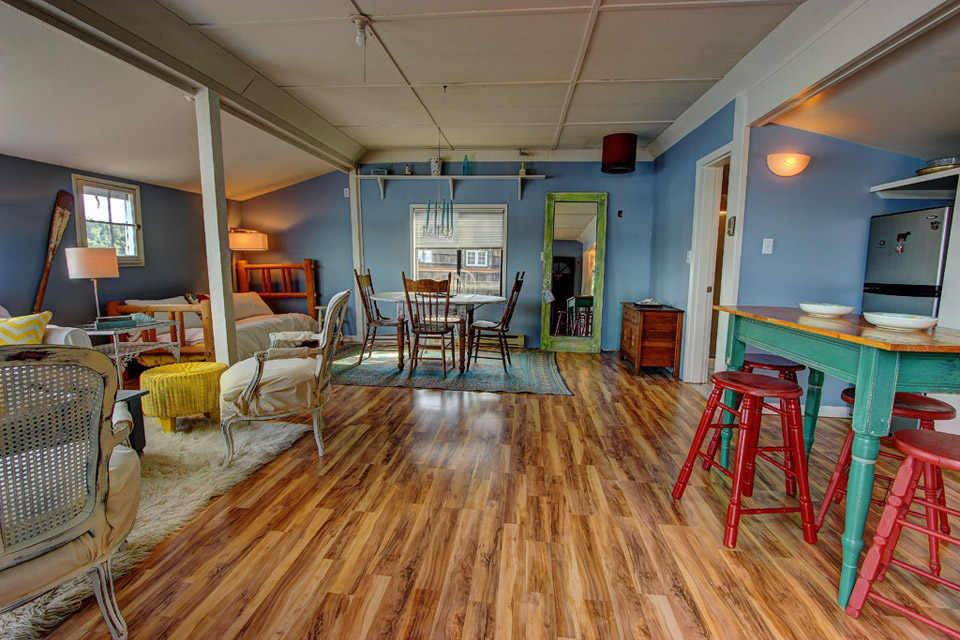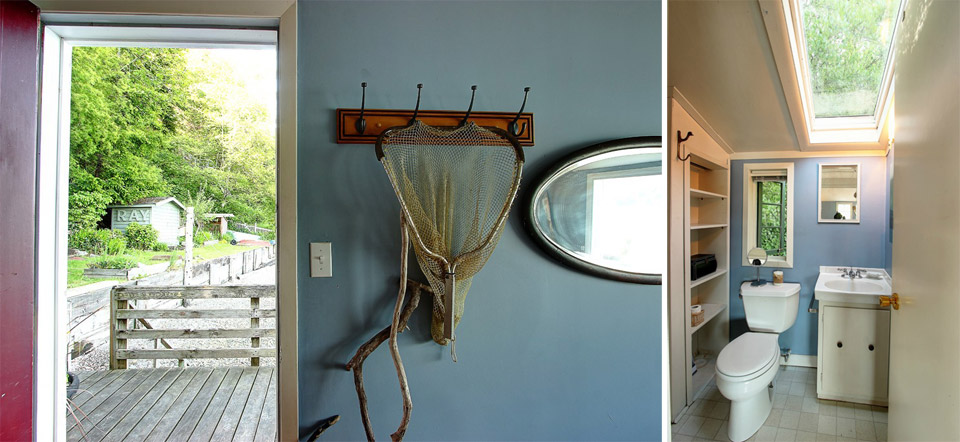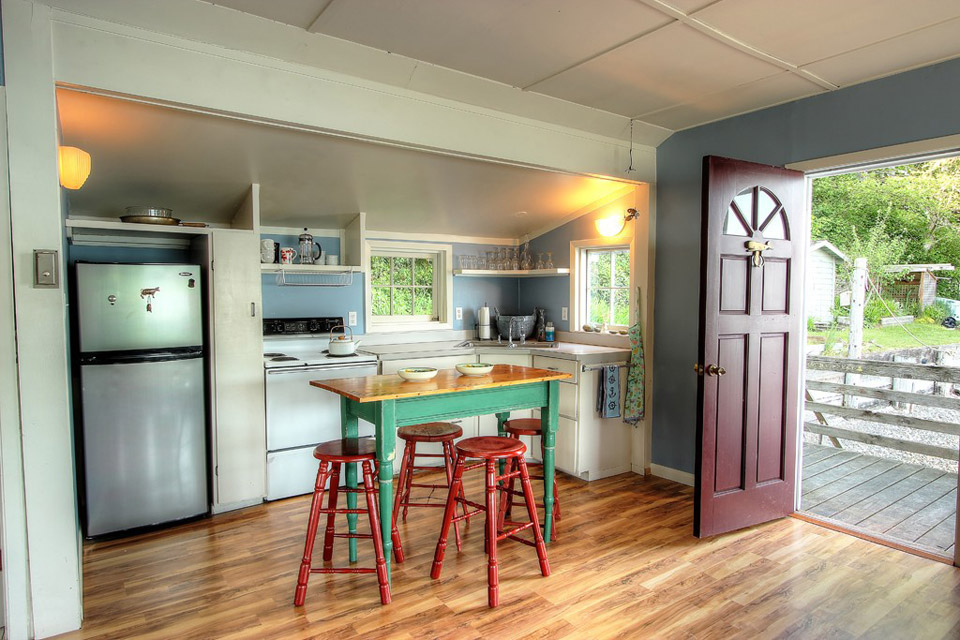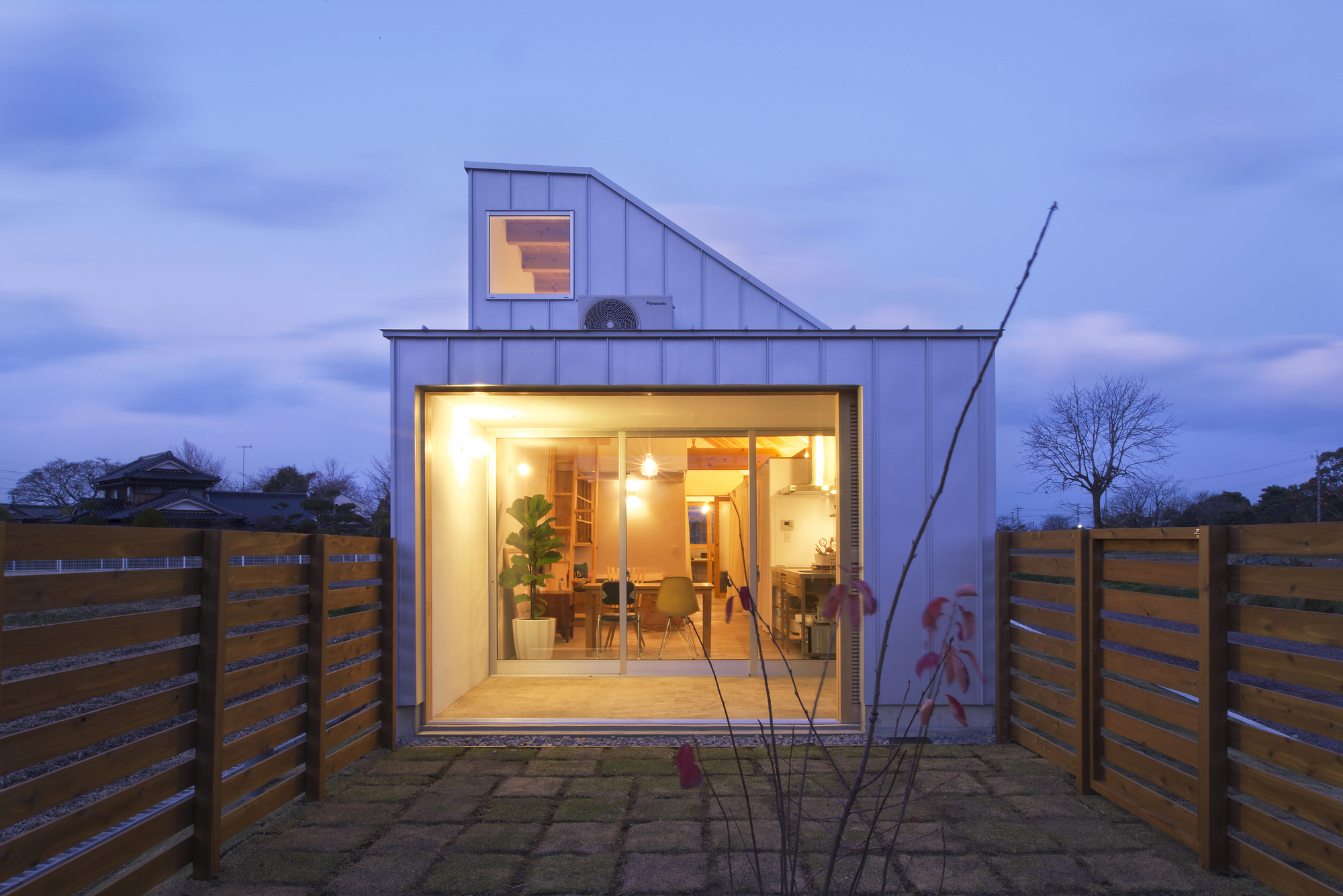|
Fidget for your health. Scientists found no increased risk of mortality from longer sitting times, compared to more active women, in those who considered themselves as moderately or very fidgety. Credit: © Rawpixel / Fotolia New research suggests that the movements involved in fidgeting may counteract the adverse health impacts of sitting for long periods. In a study published today in the American Journal of Preventive Medicine, a team of researchers, co-led by the University of Leeds and UCL, report that an increased risk of mortality from sitting for long periods was only found in those who consider themselves very occasional fidgeters. They found no increased risk of mortality from longer sitting times, compared to more active women, in those who considered themselves as moderately or very fidgety. The study examined data from the University of Leeds' UK Women's Cohort Study, which is one of the largest cohort studies of diet and health of women in the UK. Study co-lead author Professor Janet Cade, from the School of Food Science and Nutrition at the University of Leeds said: "While further research is needed, the findings raise questions about whether the negative associations with fidgeting, such as rudeness or lack of concentration, should persist if such simple movements are beneficial for our health." Even among adults who meet recommended physical activity levels and who sleep for eight hours per night, it is possible to spend the vast majority of the day (up to 15 hours) sitting down. The study builds on growing evidence suggesting that a sedentary lifestyle is bad for your health, even if you are physically active outside work. Breaks in sitting time have previously been shown to improve markers of good health, such as body mass index and your body's glucose and insulin responses. But until now, no study has ever examined whether fidgeting might modify an association between sitting time and death rates. The University of Leeds' UK Women's Cohort Study gathered information on a wide range of eating patterns of more than 35,000 women aged 35 to 69 who are living in the UK. The new study analyses data from a follow-up survey sent to the same women, which included questions on health behaviours, chronic disease, physical activity levels and fidgeting. More than 14,000 responses were received. Study co-lead author Dr Gareth Hagger-Johnson from UCL, who conducted the data analysis, said: "Our results support the suggestion that it's best to avoid sitting still for long periods of time, and even fidgeting may offer enough of a break to make a difference." Story Source: The above post is reprinted from materials provided by University of Leeds.Note: Materials may be edited for content and length. Journal Reference:
|





































